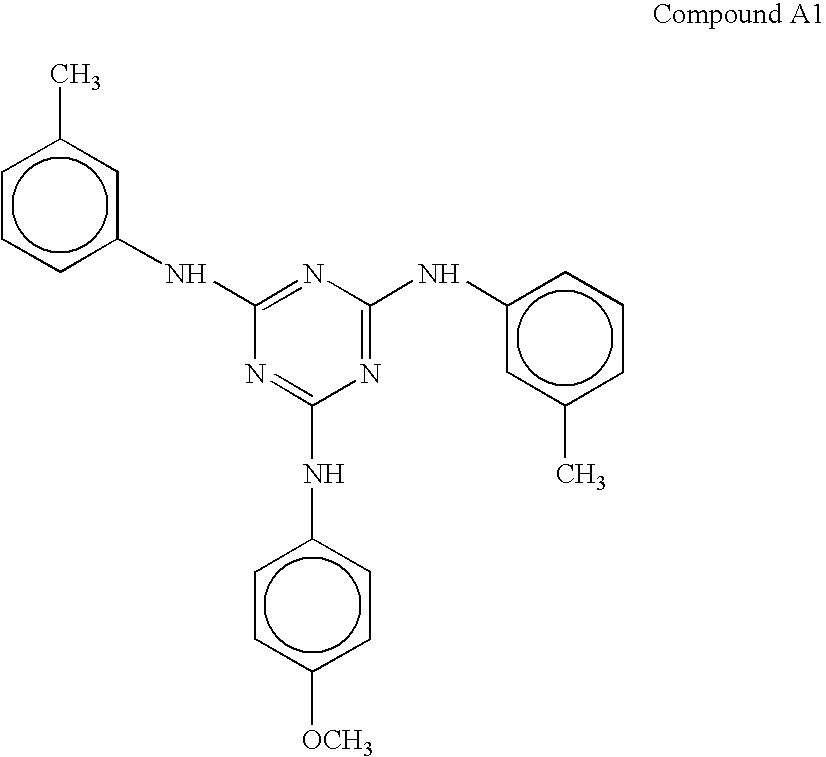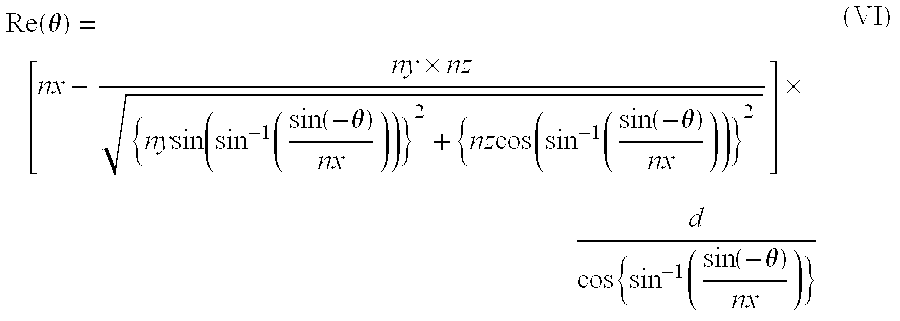Cellulose acylate film and method for producing same, retardation film, polarizer, and liquid crystal display device
a technology retardation film, which is applied in the direction of polarising elements, transportation and packaging, chemistry apparatus and processes, etc., can solve the problems of significant color shift and contrast reduction in viewing angle change, low haze of film, and low efficiency of film retardation expression, so as to achieve excellent optical properties, reduce haze of cellulose acylate film, and retard film expression is more highly expressed
- Summary
- Abstract
- Description
- Claims
- Application Information
AI Technical Summary
Benefits of technology
Problems solved by technology
Method used
Image
Examples
examples
[0300]The invention is described in more detail with reference to the following Examples. In Examples, the material used, its amount and the ratio, the details of the treatment and the treatment process may be suitably modified or changed not overstepping the scope of the invention. Accordingly, the invention, should not be limitatively interpreted by the Examples mentioned below. Unless otherwise specifically indicated, part and % in Examples are all by mass.
>
[0301]Measurement methods and evaluation methods for the properties used are described below.
[Glass Transition Temperature (Tg)]
[0302]20 mg of an un-heat-treated cellulose acylate film is put into a sample pan for DSC, heated in a nitrogen atmosphere at a rate of 10° C. / min from 30° C. up to 120° C., kept as such for 15 minutes, and then cooled to 30° C. at a rate of −20° C. / min. Then, this is again heated from 30° C. up to 250° C., and the temperature at which the base line of the temperature profile of the sample begins to d...
PUM
| Property | Measurement | Unit |
|---|---|---|
| Angle | aaaaa | aaaaa |
| Percent by mass | aaaaa | aaaaa |
| Haze | aaaaa | aaaaa |
Abstract
Description
Claims
Application Information
 Login to View More
Login to View More - R&D
- Intellectual Property
- Life Sciences
- Materials
- Tech Scout
- Unparalleled Data Quality
- Higher Quality Content
- 60% Fewer Hallucinations
Browse by: Latest US Patents, China's latest patents, Technical Efficacy Thesaurus, Application Domain, Technology Topic, Popular Technical Reports.
© 2025 PatSnap. All rights reserved.Legal|Privacy policy|Modern Slavery Act Transparency Statement|Sitemap|About US| Contact US: help@patsnap.com


